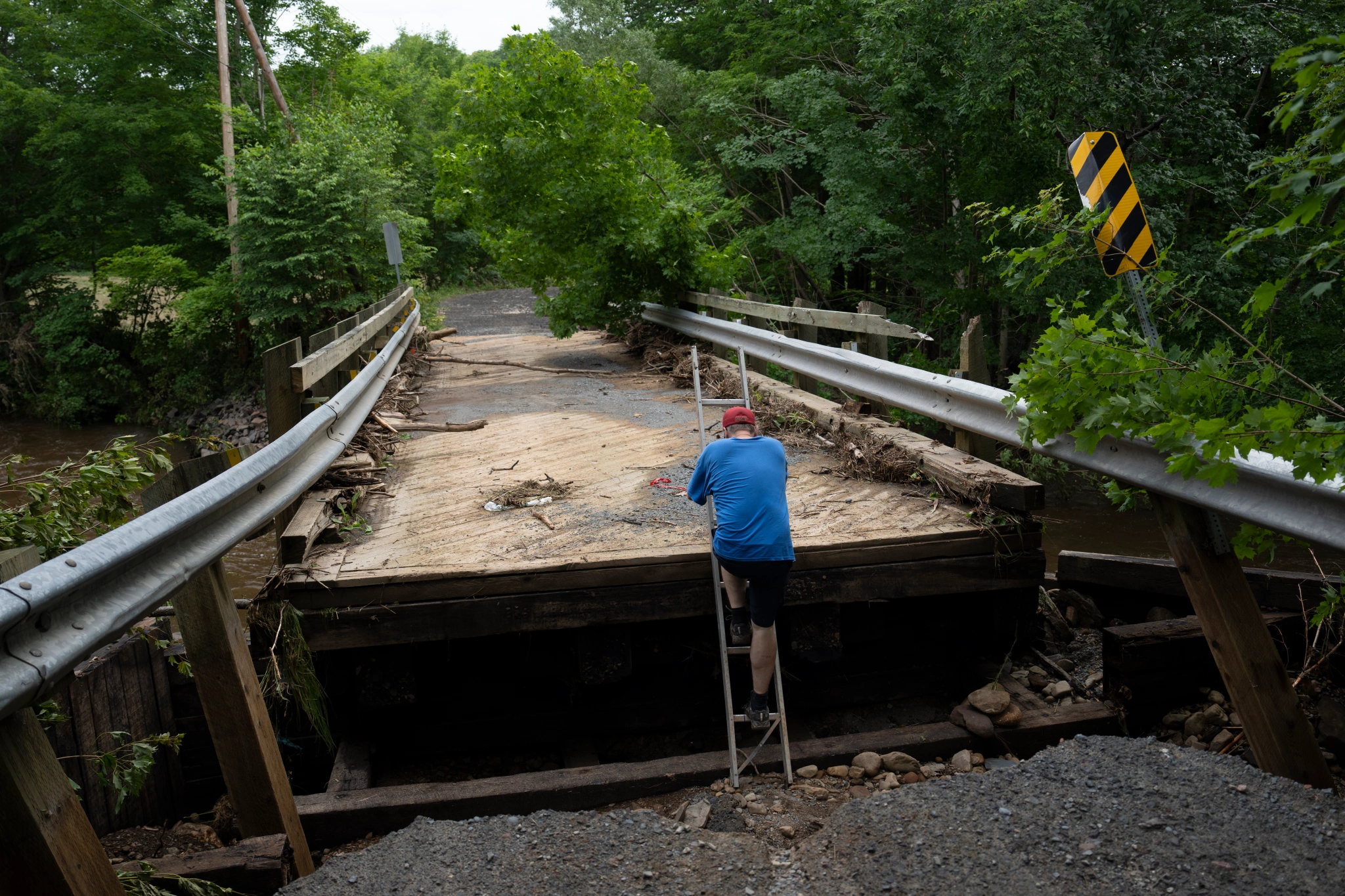
25 Jul Nova Scotia Floods Cut Off Sole Rail Link Connecting Halifax to Rest of Canada
Introduction
In a devastating turn of events, Nova Scotia is grappling with catastrophic floods that have severed the vital Canadian National Railway (CNR) train line connecting the port of Halifax to the rest of the country. The widespread damage caused by the flash floods has disrupted services in the region, leading to significant concerns for residents and businesses alike. As the province struggles to recover from the aftermath of the storm system that swept through the region, there is uncertainty surrounding when rail services will resume. This article delves into the impact of the floods on transportation and the efforts being made to address the situation.
Transportation Disruption and Recovery Efforts
Transport Canada has confirmed the severe impact of the floods on the sole rail line connecting Nova Scotia to New Brunswick. The damage has not only halted rail services but has also raised concerns about the smooth movement of goods between Halifax and other parts of Canada. While short-term cargo movements from the port are being facilitated through road transport, the closure of the rail link poses significant challenges for both the region’s economy and its residents.
The Canadian National Railway Company (CN) took preemptive action by closing a section of its track near Halifax in response to the Flash Flood Weather Warnings. Despite the efforts of CN crews to restore damaged infrastructure, some repairs have been delayed due to the ongoing floodwaters. As of the latest update, all CN tracks in Nova Scotia are passable except for a significant washout just south of Truro, near Halifax.
Unfortunately, the disruption extends to VIA Rail’s Ocean route, which operates between Montréal and Halifax. Due to the operational complications caused by the floods, VIA Rail’s Ocean route is temporarily suspended east of Moncton. VIA Rail has expressed its hope for the track to become passable soon, but no concrete timeline has been provided yet.
Challenges and Impact on Residents
The floods have had a devastating impact on the province, causing destruction to homes, infrastructure, and communities. Four people, including two children, have been reported missing after the floodwaters swamped the vehicles they were traveling in. Rescue efforts are ongoing in the affected areas, and the situation remains critical.
The damage to roads and bridges across Nova Scotia has further compounded the challenges of relief and recovery efforts. Several areas in the Halifax Regional Municipality have become inaccessible, leading to safety concerns for local residents. The provincewide state of emergency declared in response to the floods is expected to remain in effect until August 5, with Emergency Preparedness Minister Bill Blair approving the request for continued federal assistance from Nova Scotia.
Call for Urgent Action
The floods in Nova Scotia have raised awareness about the growing impact of extreme weather events due to climate change. The provincial authorities, along with Environment Minister Steven Guilbeault, have emphasized the need for urgent action to prevent such catastrophic events from becoming the new normal.
The disruption of the vital rail link between Halifax and the rest of Canada highlights the vulnerability of transportation infrastructure in the face of natural disasters. As rescue and repair efforts continue, citizens are urged to remain vigilant and support one another during this difficult time.
Conclusion
The floods in Nova Scotia have left a trail of destruction, severing the crucial rail link that connects Halifax to the rest of Canada. The damage to the CN rail line and VIA Rail’s Ocean route has significantly impacted transportation and movement of goods, causing widespread concern for the region’s economy. As the province grapples with the aftermath of this natural disaster, efforts to repair infrastructure, support affected communities, and prepare for future events become imperative. In the face of climate change’s growing threat, collective action and preparedness are vital to safeguarding Nova Scotia’s future against such calamities.

